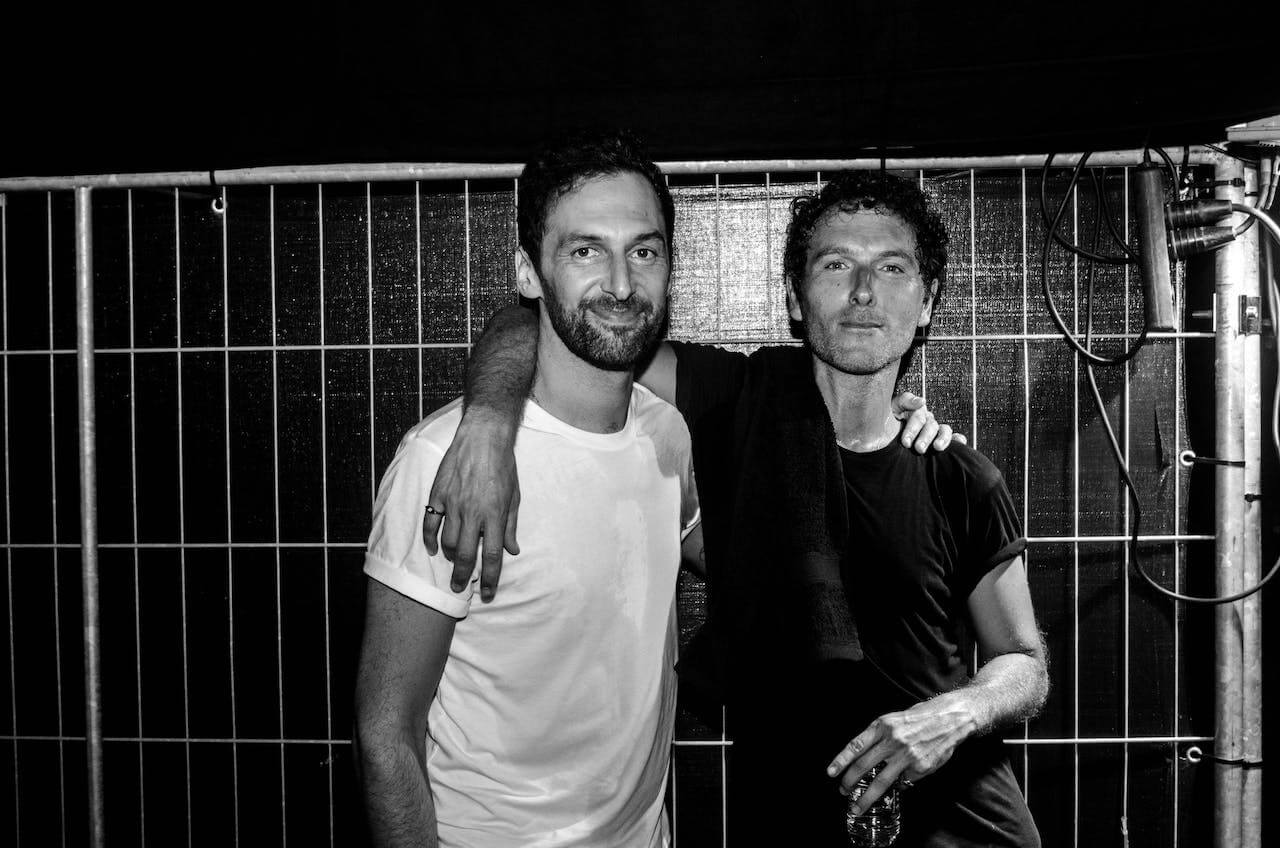The human body is a marvel, a delicate yet robust creation that can withstand tremendous adversity and miraculously emerge from the brink of death. In the annals of history, there exist extraordinary accounts of individuals defying the odds, enduring punishments that would spell certain doom for most, and emerging victorious in their battle for survival. Today, we delve into the captivating story of Wenceslao Moguel Herrera, better known as El Fusilado, a man who defied death’s grip during the tumultuous Mexican Revolution.
Join us on this extraordinary journey through time as we explore the Mexican Revolution, the backdrop against which this tale unfolds. Discover the resilience, determination, and sheer luck that allowed El Fusilado to defy not one, but two brushes with death. This remarkable narrative of survival against all odds will leave you astounded and inspired.
The Mexican Revolution, spanning from 1910 to 1920, was not a single, united struggle, but rather a series of regional uprisings that swept across the country. It was ignited by the widespread discontentment with the dictatorship of President Porfirio Diaz, who had held power for an astonishing three decades. Diaz’s corrupt and oligarchical policies favored the wealthy elite while neglecting the impoverished majority.
In 1908, when Diaz hesitated to seek a seventh term, Francisco Madero, a liberal landowner, declared his intention to run for president. Diaz responded by imprisoning Madero and falsely declaring himself the victor in the 1910 election. However, this move backfired, as Madero’s release led to the publication of the Plan de San Luis Potosí, which called for a nationwide uprising on November 20th against Diaz’s regime.
Madero’s manifesto inspired rebel leaders across Mexico to organize small armies and engage in deadly confrontations with the wealthy landowners and politicians in their regions. Among these leaders, Francisco “Pancho” Villa in the north and Emiliano Zapata in the south would go on to become legendary figures. In the spring of 1911, the rebels succeeded in toppling Diaz’s dictatorship and installing Madero as president.
However, Madero’s failure to implement promised reforms, such as the return of ancestral lands to native Mexicans, triggered a new wave of conflict. The very generals who had fought to put Madero in power turned against him, plunging Mexico into another brutal civil war. Meanwhile, the United States grew concerned about the violence’s impact on American corporate interests in the region. This led to a secret agreement that resulted in the installation of Victoriano Huerta as president in 1913, after which Madero was imprisoned and executed.
In response to Huerta’s oppressive rule, rebel leaders Villa, Zapata, Carranza, and Obregón formed an alliance to remove him from power. They received support from the newly elected President of the United States, Woodrow Wilson, who sanctioned arms shipments to the rebels and dispatched Marines to occupy the port of Veracruz to prevent Huerta from receiving outside resupply.
After a series of victories, the insurgents took control of Mexico City in July 1914, forcing Huerta into exile. Venustiano Carranza declared himself president on August 20th, but this move fractured the fragile alliance. Internal strife and violence escalated as various rebel factions vied for dominance.
A Survivor’s Tale
Amidst this tumultuous backdrop, the incredible story of El Fusilado, Wenceslao Moguel Herrera, unfolds. Moguel, a 25-year-old native of Yucatan Province, served with a group of irregulars under Pancho Villa in 1915. However, on March 18, federal forces swiftly attacked and captured Moguel’s ill-equipped and inexperienced squad near the town of Halachó.
Following protocol, Colonel Ortiz ordered a firing squad of eight men to execute Moguel and his comrades. Blindfolded and given a final cigarette, they faced the wall of a church. Shockingly, Moguel miraculously survived the first volley of bullets, as all eight shots miraculously missed his vital organs. But his ordeal was far from over.
Colonel Ortiz approached the fallen men, only to discover Moguel still clinging to life. Ortiz pressed his revolver against Moguel’s skull and pulled the trigger, attempting to end his life. However, fate had other plans. The bullet entered Moguel’s right cheek and exited just beneath his left eye, miraculously sparing his brain.
A Miraculous Survival
Wenceslao Moguel Herrera’s survival was nothing short of miraculous. While most individuals would have succumbed to such a fate, Moguel defied death not once, but twice. As Ortiz’s forces departed, leaving the fallen rebels behind, the details of what followed remain shrouded in mystery.
Some accounts suggest that passing federal forces discovered Moguel and provided him with medical aid. Others claim that Moguel, riddled with wounds and in immense pain, managed to crawl three blocks to the church of St. James the Apostle. There, a compassionate parishioner tended to his wounds, nursing him back to health. The extent of Moguel’s injuries, coupled with his astounding survival, make the latter scenario particularly implausible.
Life After the Revolution
Regardless of the exact circumstances, Moguel emerged from his ordeal alive but severely disfigured. Yet, his troubles were far from over. In post-revolution Mexico, he remained a wanted man. Moguel sought refuge within the chapel, biding his time until the Revolution’s dust settled.
Meanwhile, the Mexican Revolution took various twists and turns. In 1916, Pancho Villa launched a retaliatory campaign against American colonies, resulting in the tragic murder of 34 American residents in New Mexico. President Woodrow Wilson responded by sending General John J. Pershing and an American Expeditionary Force into Mexico to hunt down Villa, although the mission ultimately failed.
Carranza assumed power in 1916, implementing policies that included land redistribution, workers’ rights, and a curtailment of the Catholic Church’s influence. He also resorted to executing his opponents, including Emiliano Zapata in 1919. However, Carranza’s rule was marked by an iron fist, leading to his downfall in 1920.
Carranza’s fall marked the end of the Mexican Revolution, with Álvaro Obregón’s election as president in November. Pancho Villa negotiated an end to the conflict and retired from public life. Villa’s exploits were immortalized in the Mexican and American press, and he even appeared in films as himself.
In a fateful turn of events, President Obregón may have ordered Villa’s assassination on July 20, 1923, outside his estate in Parral. Villa’s death marked the end of an era in Mexican history.
In stark contrast to Pancho Villa’s fate, Wenceslao Moguel Herrera, also known as El Fusilado, became famous in Mexico due to the widespread dissemination of his astonishing survival story. However, life in post-revolution Mexico was challenging, prompting Moguel to make the life-altering decision to immigrate to the United States in 1930.
Though relatively unknown in the United States, Moguel’s disfigurement drew attention wherever he went. His story caught the eye of Jack Ripley, a cartoonist and connoisseur of the strange and amazing. Moguel’s narrative reached a wider audience when he appeared as a guest on Ripley’s radio show on July 16, 1937. This marked the first time his story was shared with the American public.
A Life Well-Lived
After several years of traveling across the United States, Moguel eventually returned to his hometown in the Yucatan Province. Wenceslao Moguel Herrera passed away on July 29, 1976, at the remarkable age of 86. His life was an incredible testament to the power of resilience and the ability to defy death’s grasp.
In the annals of history, El Fusilado’s tale stands as a testament to the incredible strength of the human spirit. His story is one of survival against all odds, a testament to the remarkable resilience that can be found within us when faced with life’s most challenging trials.



